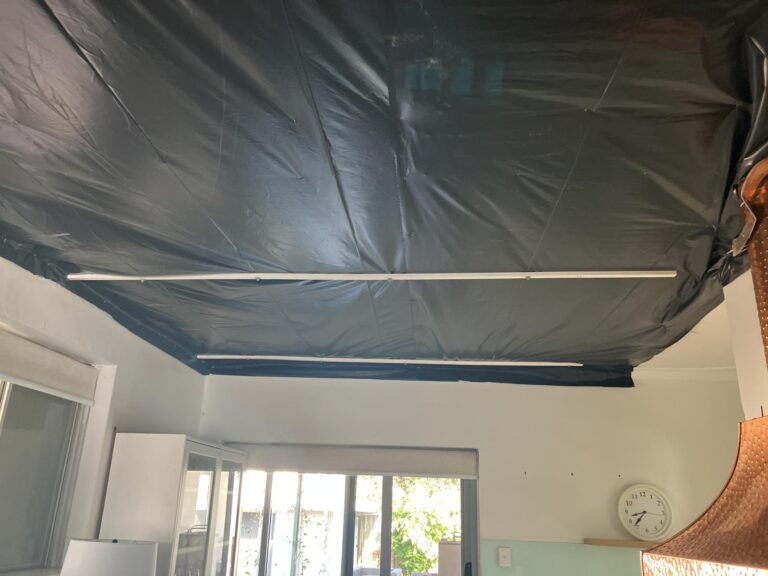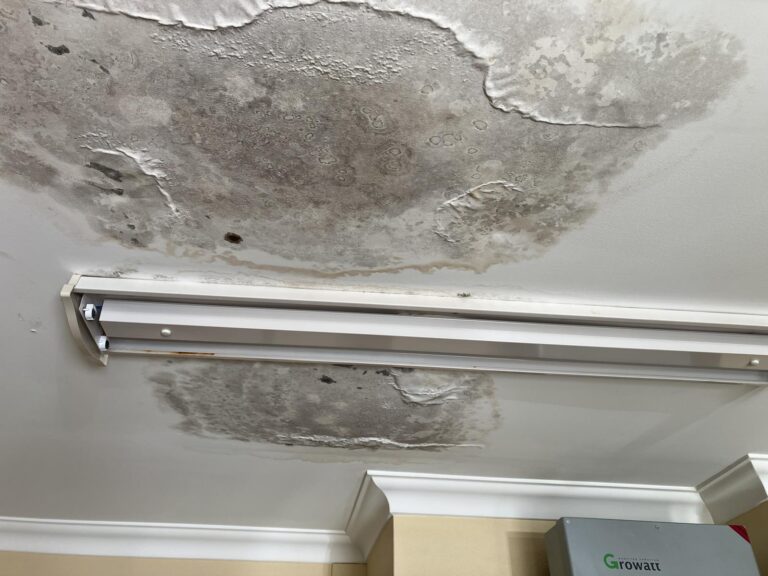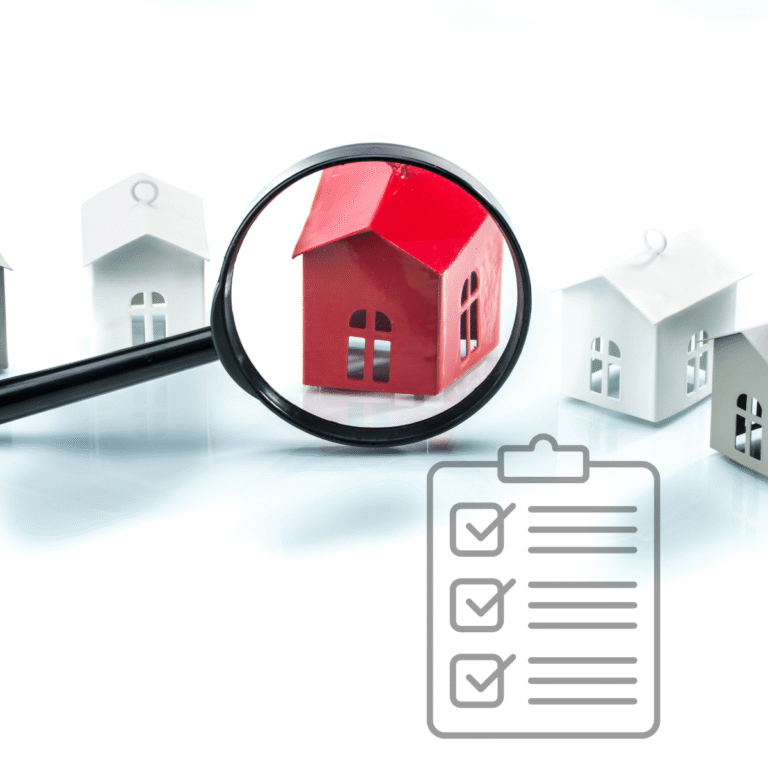Seeing your home damaged, whether by a storm, a sudden leak, or another unexpected event, is incredibly stressful. Adding to that stress is the possibility of your insurance claim being denied. While insurers are there to protect you from unforeseen perils, claims assessors, like myself with years of experience, unfortunately see many claims declined due to issues that policies simply aren’t designed to cover. A common and often misunderstood reason revolves around property condition, specifically lack of maintenance, wear and tear, and gradual deterioration.
Understanding the Policy Basics: Perils vs. Condition
At its core home insurance is designed to cover damage caused by sudden unexpected and defined insurable events, things like storms, fire, impact, or sudden escape of liquid (like a burst pipe). Policies are not designed to function as a maintenance or repair fund for issues that develop over time due to neglect, age, or natural deterioration. This fundamental distinction is often the reason behind claim denials related to the property’s condition.
Common Reasons for Denial: It’s About the Cause
From an assessor’s perspective when we investigate a claim particularly for water damage or building failure a key part of our job is determining the cause. Was the hole in the roof caused by a tree falling (storm or impact), or did it slowly rust through over years (condition)? Was the ceiling stain from a sudden recent pipe burst (escape of liquid), or a shower recess that’s been leaking through failed grout for months (condition)?
Here are the common condition related reasons leading to claim denials:
- Lack of Maintenance: This is perhaps the most frequent. Policies generally exclude damage that happens because necessary routine maintenance wasn’t carried out. Examples I see often include:
- Water damage from blocked gutters or valleys that overflowed due to accumulated leaves and debris.
- Leaks from unsealed or poorly maintained roof penetrations (like vents or skylights).
- Damage resulting from a slow leak under a sink or from an appliance hose that was left unaddressed for an extended period.
- Wear and Tear: Building materials and components naturally age and deteriorate over time. Insurance does not cover this process. This includes:
- Pointing on tiled roofs cracking and crumbling away gradually.
- Sealants around windows or flashings perishing from UV exposure.
- Roof coverings simply reaching the end of their natural lifespan and becoming brittle or porous.
- Grout in wet areas failing over time allowing water to seep into walls/floors.
- Rust and Corrosion: Rust and corrosion are forms of gradual deterioration. Policies typically exclude damage caused by rust or corrosion and crucially the damage resulting from it. A common example is a metal valley iron or gutter that has rusted through over years, leading to a leak and subsequent water damage inside. The claim for the water damage is often denied because the cause (rust) is excluded.
The ‘Resultant Damage’ Trap
A key point of confusion for many homeowners is the idea that even if the cause (like rust or wear) isn’t covered the damage it caused (the stained ceiling the mouldy wall the lifting floorboards) should be. However standard policy wording generally excludes damage that is caused by an excluded event or condition. So if the leak happened because of long-term rust the water damage itself is often excluded too as it’s a consequence of something not covered.
Protecting Your Property and Your Claim: Be Proactive
The best way to protect your property and ensure your insurance is there when you truly need it for a sudden event is through proactive property care:
- Read Your Product Disclosure Statement (PDS): Understand your specific policy’s definitions of insurable events and crucially read the ‘Exclusions’ section carefully. Look for clauses on gradual damage wear and tear rust corrosion and maintenance obligations.
- Prioritise Regular Maintenance: Implement a schedule for essential tasks.
- Roof & Gutters: Get your gutters and valleys cleaned regularly especially if you have nearby trees. Inspect visible pointing flashings and roof coverings periodically. Address minor issues like cracked tiles or loose pointing promptly.
- Plumbing: Check visible pipes under sinks around hot water systems and appliance connections for drips or signs of moisture. Have flexi-hoses replaced at least every 5 years and don’t ignore minor leaks.
- Wet Areas: Inspect grout and sealants in showers around baths and on balconies regularly. Address signs of failure quickly.
- Address Issues Promptly: If you notice wear and tear a small patch of rust or a minor leak get it repaired by a qualified professional as soon as possible. Don’t wait for it to become a major problem or cause significant damage as this is the scenario policies exclude.
- Keep Records: Maintain a log of when maintenance was performed including cleaning gutters resealing or minor repairs. This can potentially be helpful documentation if a question about maintenance arises in a claim.
- Get Professional Inspections: Consider periodic professional property or roof inspections. An expert can identify early signs of wear tear or maintenance needs you might miss giving you a heads up before issues escalate and potentially become uninsured.
Summary:
Home insurance is a vital safety net for sudden unexpected events. However it’s not a substitute for responsible property ownership and maintenance. Staying on top of wear and tear and addressing maintenance needs promptly is your best defence. It not only protects your property from preventable damage but also safeguards your ability to claim when a genuine insured event occurs. Don’t wait for a denied claim to discover the importance of maintenance. Be proactive and give your property the care it needs.





